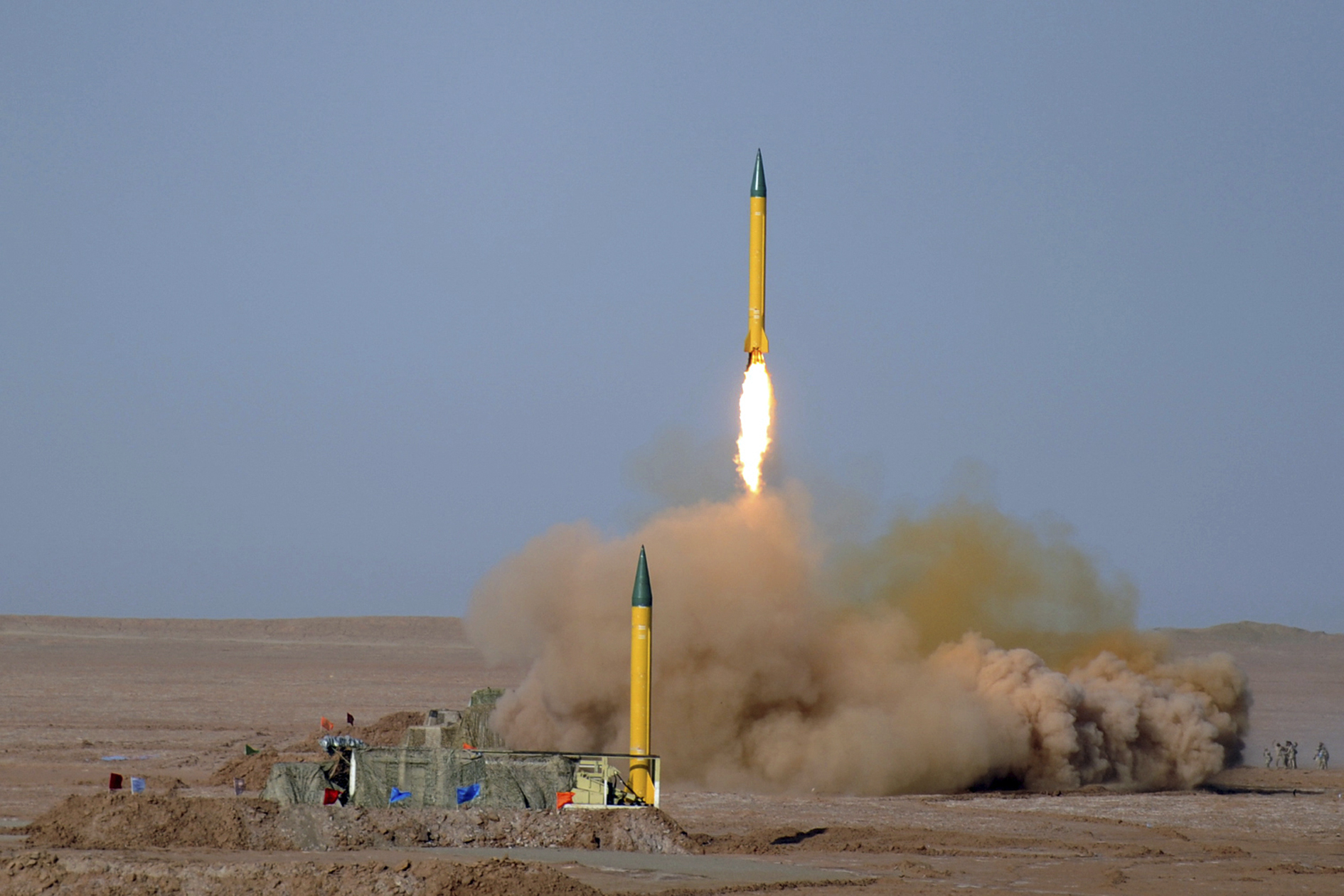US military experimenting with artificial intelligence that can predict the future
By arseniotoledo // 2021-08-05
Tweet
Share
Copy

The Department of Defense is testing artificial intelligence programs that could, if fully developed, "see days in advance."
United States Northern Command (USNORTHCOM) recently conducted a series of experiments with the Pentagon and the North American Aerospace Defense Command (NORAD). These tests were known as the Global Information Dominance Experiments (GIDE).
GIDE combined global sensor networks, artificial intelligence systems and cloud computing programs. The goal of the experiments was to "achieve information dominance" and "decision-making superiority" in simulated battlefields. (Related: Quantum computer allows you to see "multiple futures.")
Artificial intelligence tech analyzes enormous amounts of data to make predictions
General Glen D. VanHerck, Commander of USNORTHCOM and NORAD, recently told reporters that the latest GIDE test was actually the third such experiment. It featured representatives from all 11 combatant commands in the Pentagon. The Pentagon has not released a lot of specific details regarding GIDE due to security concerns. But it is known that the third test is the most expansive one undertaken yet. It focused on addressing scenarios where "contested logistics" might pose a problem. One simulation during the test involved what would happen if communications in the Panama Canal area were disrupted and taken over by the enemy. "What we've seen is the ability to get way further – what I call left – left of being reactive to actually being proactive," said VanHerck during a briefing with reporters at the Pentagon. "And I'm talking not minutes and hours – I'm talking days." "The ability to see days in advance creates decision space. Decision space for me as an operational commander to potentially posture forces to create deterrence options to provide that to the [Secretary of Defense] or even the president," said VanHerck. "To use messaging, the information space to create deterrence options and messaging and if required to get further ahead and posture ourselves for defeat." VanHerck emphasized that the artificial intelligence system does not actually involve the use of any new technology. Rather, what the military is developing is simply a new approach to using existing technology to process a lot of information and to make predictions using that information. "The data exists," said VanHerck. "What we're doing is making that data available and shared into a cloud where machine learning and artificial intelligence look at it. And they process it really quickly and provide it to decision-makers, which I call decision superiority." If this process is perfected, VanHerck claimed it can result in the country being given days of advanced warning before any potential threat emerges.Predictive tech can be put to use soon
VanHerck said the artificial intelligence platform could be put into real-world use very soon. He believed the military was ready to field the software in its current battlefields and could validate it by the next GIDE test in the spring of 2022. VanHerck explained why this kind of rapid information processing system is very necessary for today's modern warfare landscape. "Today, we end up in a reactive environment because we're late with the data and information. And so all too often we end up reacting to a competitor's move," he explained. "And in this case, it actually allows us to create deterrence, which creates stability by having awareness sooner of what [the enemy is] actually doing." But despite its clear advantages, the predictive artificial intelligence system still has its limitations. It has to look for data that is out of the ordinary. It is unable to say for certain what is happening. Human analysts have to be heavily involved for any of the predictions it makes to make sense. Still, VanHerck believes the artificial intelligence system could still be worthwhile to pursue, especially if it can predict and prevent an attack. Learn more about the latest in military technology by reading the latest articles at MilitaryTechnology.news. Sources include: TheDrive.com CNet.com EnGadget.comTweet
Share
Copy
Tagged Under:
artificial intelligence technology military national security military technology AI war future prediction future technology computing precognition
You Might Also Like
Amazon inundated with Chinese sellers using fake reviews to trick customers
By Franz Walker // Share
Recent News
Iran conducts surprise missile drills amid rising tensions with Israel
By kevinhughes // Share
Kremlin denies reports of plans to "restore Soviet influence"
By bellecarter // Share
How AI news bots are quietly reshaping public opinion
By avagrace // Share
The Unshackled Physician: A surgeon's awakening to medical tyranny
By ramontomeydw // Share











